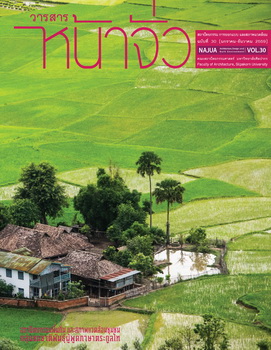The Politics of Style: Vienna and the Ringstrasse
คำสำคัญ:
19th Century Architecture, Ringstrasse, Architectural Style, Architectural Historicismบทคัดย่อ
The subject of this paper is twofold – the 19th century notion of historical styles, and an architectural culture and its preoccupation. The architectural culture is that of Vienna during the last twenty-five years of the Austro-Hungarian Empire, exemplifies by the architecture of the Ringstrasse, which represents the paradoxical nature of architecture and cities in response to modern industrial society. The concept in question is, or appears at first sight to be, our own Twenty-First century concept in its infancy: the concept of styles, which was explicitly discussed as during the 19th Century.
The Ringstrasse represents the culmination of the late Nineteenth-century views around the formulation of artistic and architectural concepts of style. The conceiving of style became a tool for both rationality and expressiveness as a new foundation for architecture. Framed between the extremes of idealism (abstract symbolism and art) and realism (materials and construction), the dialogue on architectural style was sought as a consolidated position. It generally represents a proclivity to theoretical compromise and constitutes the complex mixture of aesthetic idealism and scientific empiricism that have become the modern theories of architecture.





